The basic rule of subject-verb agreement is hard enough to explain to kids! A singular subject takes a singular verb – but a singular verb looks like a plural noun because it ends with an -s, and a plural noun takes a plural verb – but a plural verb looks like a singular noun because it doesn’t end with -s!
Well, even if you assume that your kids have got that, there are lots of more specific situations that can give them plenty of trouble. For example, what about sentences in which the subject comes after the verb? Sure, the rule is still the same, but it can be much harder for kids to find the parts of speech they’re looking for in those “backwards” sentences. Here are a few more situations:
- Two singular subjects connected by and
Many kids know that this takes a plural verb, but for those who are mainly looking for the letter -s at the end of words, it can be a problem. And what about subjects connected by or; do they know whether the same rule applies?
- A singular subject that appears plural such as in the sentence, “Ten dollars is a high price.”
And it’s not just money amounts. How about subjects like “seven miles” or “Fifteen minutes”? Yup, more situations that kids may need to address individually.
- And what about those sneaky prepositional phrases that come between the subject and verb?
Easily recognizable prepositional phrases beginning with words like of, in, and with, aren’t so bad, but some prepositions are less recognizable to kids. So are other types of phrases and clauses.
Of course it all depends on your group, and on each individual kid. Kids who were lucky enough to pick up lots of these grammar rules in their speech may have an easy time of it. So will those kids who are familiar with lots of sentence complexities from their reading. Others – well they probably need the practice, and that’s where practice activities such as task cards come in really handy.
There are lots of specific rules for situations like the ones I’ve mentioned as examples, and I’ve listed the main ones that kids will need to master in a chart that I found really useful when making my set of task cards for practicing these grammar skills. As complex as some of the rules may sound at first, each one represents a common situation that kids will need to be able to handle as they edit their own writing. This is what my chart looks like, and I’ve included a copy with my Subject-Verb Agreement Task Cards for teachers to post on their classroom wall or copy for student notebooks.
For my task cards, I included individual cards with each of the two basic rules and the nine additional rules shown in the chart. Some cards show the rule, and others don’t to make some easier and others more difficult. I also included several cards that address a mixture of rules in a more realistic writing situation.
Even if you don’t teach a grammar unit, or a parts of speech one, you probably find yourself spot teaching individual subject-verb situations as certain types of errors come up in kids writing. Task cards can be really useful for these mini-lessons; just choose a few cards for each lesson as needed.
Another good use for these little grammar practices is for whole-class or individual review of a group of rules that give kids trouble. Set up a few centers for a review day or for those few minutes after their main lesson is done, and you’re all set. Here you can see a few of the cards ready to be used for a student’s notebook practice.
Additional Resource – Subject-verb Agreement Slide Presentation
Related Articles

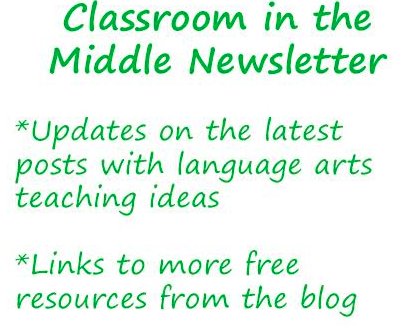






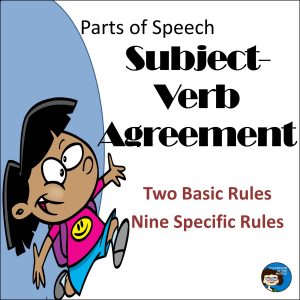
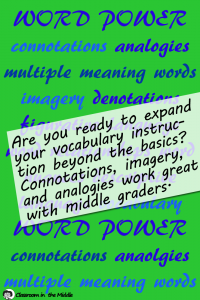
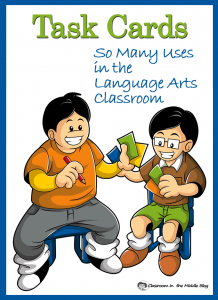
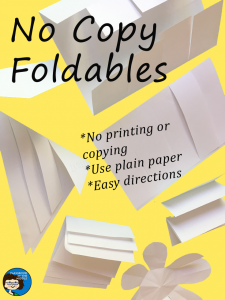
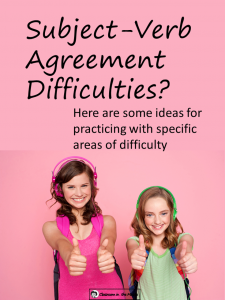


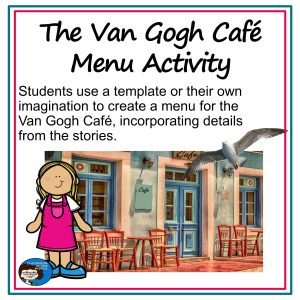

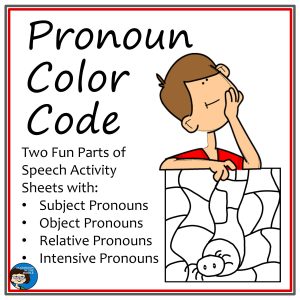

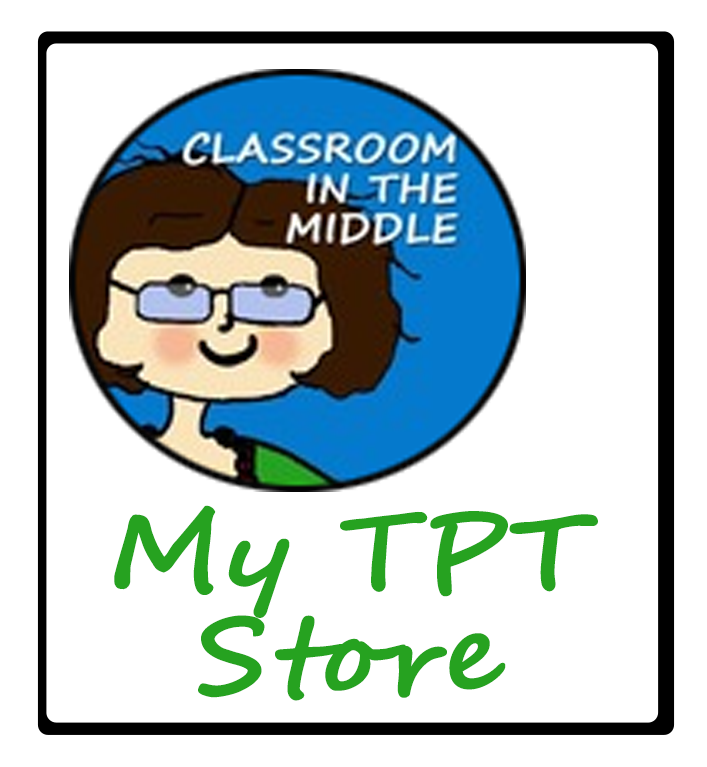
Leave a Reply
You must be logged in to post a comment.